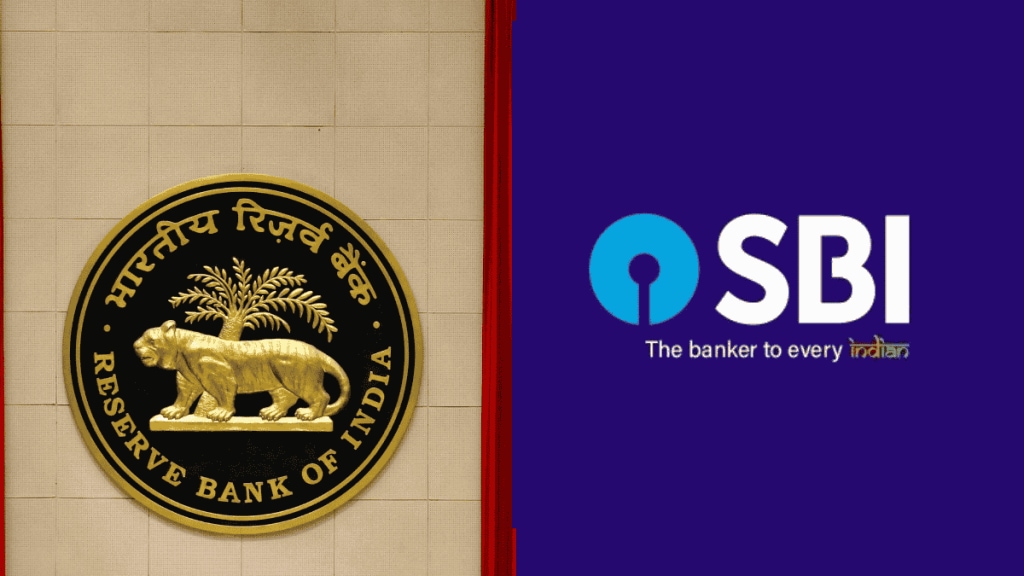A copyright war has sparked on social media (Linkedin) among top financial institutions, Reserve Bank of India (RBI) and State Bank of India’s research wing.
In a linkedin post a senior official of RBI has accused the SBI’s research team of copying large portions of the central bank’s Monetary Policy Reports (MPRs) in its recent Ecowrap publications without proper attribution.
SBI Ecowrap is a periodic economic research report published by the Economic Research Department of the State Bank of India (SBI).
RBI official flags alleged replication in SBI report
Sarthak Gulati, Assistant General Manager at RBI, said in a LinkedIn post that it was “deeply concerning to see what appears to be verbatim replication of RBI’s Monetary Policy Reports in recent SBI Ecowrap reports — without any attribution.”
Gulati has alleged a violation of research ethics and said that sharing this was important as professionals in the financial and economic research community, rely on originality, attribution, and integrity. “Sharing this to raise awareness and open a conversation on transparency, attribution, and the standards we must uphold in economic and financial research. Readers deserve clarity on where the ideas they’re reading actually come from.”
SBI’s Tapas Parida rebuts plagiarism charge on LinkedIn
The team of SBI Ecowrap is led by SBI’s chief economic advisor Soumya Kanti Ghosh, who is also a member of the Prime Minister’s Economic Advisory Council and the 16th Finance Commission.
Responding to this, Dr. Tapas Parida, member of SBI’s Ecowrap team rejected the plagiarism charge, calling it a case of “select social media rants” and “short-term sensationalism.”
RBI flags overlap, SBI calls research distinct
RBI’s Gulati highlighted key instances in his post of copying data. Like the July 2025 Ecowrap, which he claims, have reproduced “large parts of Chapter 2: Price and Cost” from the RBI’s April 2025 MPR “paragraph-by-paragraph, including key charts and narratives.” He added that the October 2025 Ecowrap “similarly mirrors language and structure from the October 2025 RBI MPR, again without acknowledgment.”
Parida clarified on this that while the RBI’s April 2025 MPR covered spatial convergence using a longer time frame, the SBI Ecowrap report used “more recent data (one year only) for a deeper understanding of the current inflation trend.”
He said the SBI Research team had clearly mentioned its own methodology and equations, which were “distinct from the one deployed at the Central Bank’s end.” “Both researches are intrinsically different in their nature and scope, though having the same overarching objective,” he said.
RBI flags reuse of boxed research without credit, SBI cites attribution
Gulati claimed that, “Even more troubling: Boxed items from RBI’s MPR — often showcasing original research or novel insights — are being presented in Ecowrap as if they were SBI’s own work.”
On this issue of structural and language similarities, Parida said the October 2025 Ecowrap had acknowledged the RBI as a data source in its tables. “We have duly acknowledged Central Bank (as source) in our tables in the same publication, stamping its seal of originality,” he added.
He ended his response with a quote from Rumi, writing, “Raise your words, not voice. It is the rain that grows flowers, not thunder.” He added, “This, in a lighter vein, is not a harbinger of plagiarism but mere reproduction of a great thought for greater good of understanding.”


